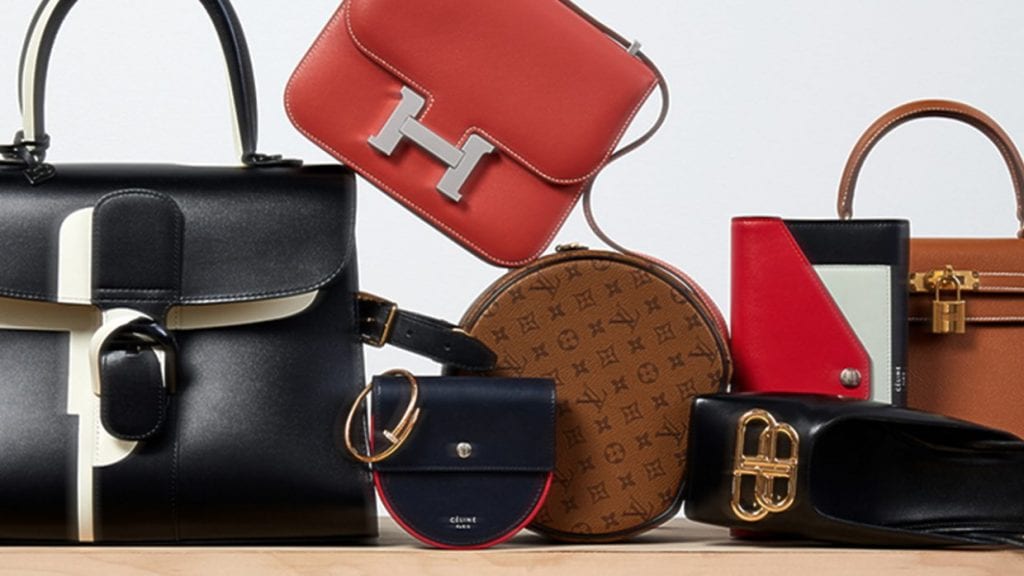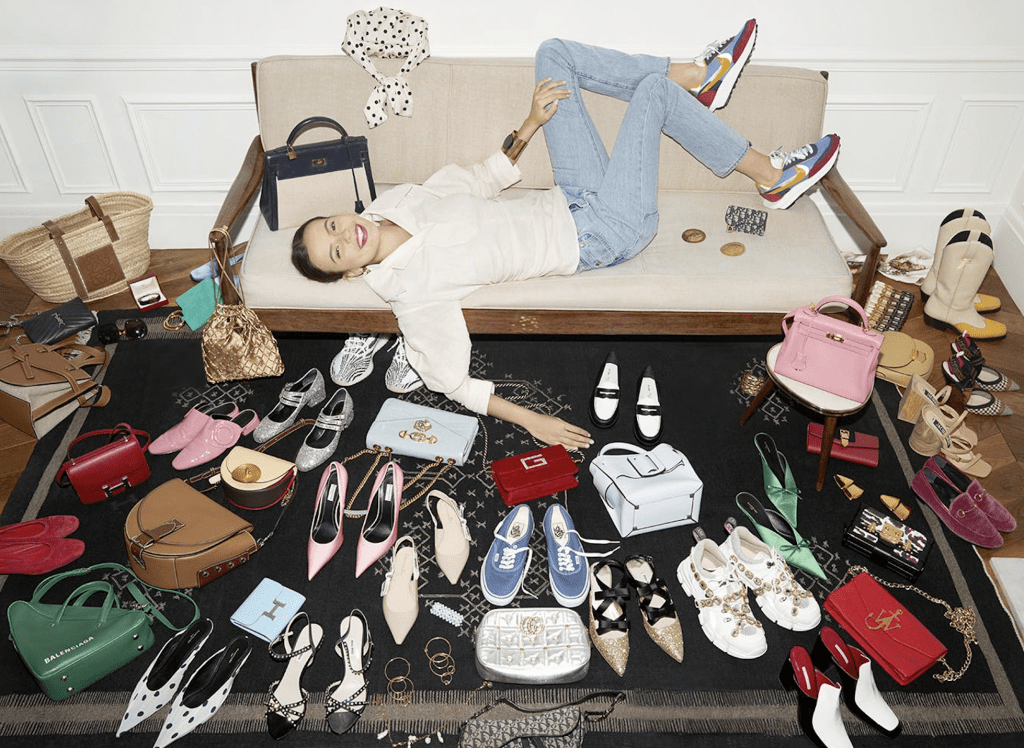Imagine for just a minute that a Chanel quilted bag did not have a double “C” logo placed right at the center. Consider a Goyard tote that was not covered in the interlocking Y’s of its signature Goyardine print, a Gucci bag without the interlocking “G.” Try to think of a Louis Vuitton Speedy or Neverfull bag without the brand’s 100-plus year old Toile Monogram. These largely branding-less bags exist (and oftentimes, are more expensive than logo-ed versions), but would the average consumer pay just as much for these logo-less bags as they would a visibly trademark-bearing alternative? Probably not.
These prominent source-identifying elements – and the goodwill associated with them – are what draw in countless amounts of consumers and get them to pay thousands of dollars for these bags, as opposed to say, a fraction of that for one of the many Rebecca Minkoff or Michael Kors lookalikes up for offer. If we consider the emphasis on the branding of these bags, it is easy to discern exactly what fashion brands in the upper echelon of the industry are – and maybe better yet, are not – in the business of selling: fashion is not really in the business of selling fashion.
Instead, fashion brands – the big, well-established, world-famous ones, at least – are more realistically in the business of selling their trademarks. It is these names and logos, and the marketing-driven, “luxury”-centric messages associated with them, after all, that tend to distinguish what might otherwise be categorized as mere garments and accessories (i.e., products that are defined by their function, their ability to cover one’s body and enable their carrier to easily tote his/her keys, cell phone wallet, etc.) from high fashion and/or luxury goods.
While there are points to be made in at least some cases about the level of quality, and attention to detail and craftsmanship, and the consumer experience elements associated with high fashion and luxury goods, a non-negligible amount of this can be attributed to storytelling, and what drives most consumer spending in terms of these products can be tied directly to the names and/or logos that are emblazoned on them, and the meanings attached to those assets.
As luxury business analyst Uché Okonkwo puts it, “Some common characteristics that consumers seek in luxury brands today include high perceived prestige … and their association with fashion and an affluent lifestyle.” These elements are conveyed by way of brands’ aesthetics of choice and their oft-very-elaborate marketing efforts. But they are also communicated to consumers directly with a name or logo – if brands’ creatives and business teams are doing their jobs in effectively positioning the brand.
This is precisely why trademarks – or any word, name, symbol, or design (including logos, colors, sounds, product configurations, etc.), or any combination thereof – exist in the first place: to identify the goods of one brand and distinguish them from another. In reality, trademarks exist to make it easier for consumers to quickly identify the source of a given product or service, and readily discern the level of quality they can expect from that product or service.
For instance, no shortage of the consuming public knows that a bag with an interlocking “G” pattern comes from Italian design house, Gucci; a jacket with a tag that bears a double “C” logo is Chanel; and shoes with red soles are Christian Louboutins.
With trademarks, however, not only comes an identification of the maker of a product or provider of a service, but also the notion of goodwill, which refers to the reputation of the brand at issue, as well as its relative position in the market, and the specific and proprietary messages that it embodies and emits. For the design houses noted above, this comes in the form of associations of luxury, quality, craftsmanship, a certain level of “exclusivity,” etc., which are precisely the messages that these brands aims to build by way of multi-million ad campaigns, large-scale donations in philanthropic initiatives, collaborations with artists, partnerships with carefully-chosen celebrities, and carefully curated in-store experiences and marketing messaging – elements that are meticulously controlled by the brands at play.
As Alessia Grassi, a professor of marketing at the University of Huddersfield, has noted, no small number of luxury brands are trying to “move their respective brand image from [merely] that of the ephemeral – producing merely seasonal clothing and accessories and interpreting style and trends – to a something altogether more permanent and important: that of cultural definers, something that could [elevate their positions in the minds of consumers] and bolster their bottom lines by association.”
This association or larger brand image/ethos is to a large extent what consumers are buying when they purchase a product, and conglomerate-owned labels know and have been pursuing this as a business model for decades. With this in mind, the product at issue is arguably only secondary to the brand, itself. This is something Lazaro Hernandez, co-founder of New York-based brand Proenza Schouler, spoke to recently at the French-American Chamber of Commerce in saying that “the idea of what is luxurious is changing; it’s about brand rather than luxury.” Quartz’s Marc Bain elaborated on this point, noting, “More often today it’s the brand—the image, and the storytelling—that attract [consumers].” In other words, It is not the products, themselves.
Brands’ large-scale reliance on logos – paired with the fact that most fashion brands’ business models, especially those of conglomerate-owned companies, rely heavily on more accessible items as the primary drivers of revenue – ultimately means that while brands spend significant sums on bi-annual runway shows and ad campaigns to showcase their newest creations, fashion’s most established brands are not in the business of selling fashion, per se. They are more realistically in the business of leveraging their wildly valuable intellectual property. As for what that IP comes in the form of: it almost always comes on high-margin items like bags, shoes, t-shirts, fragrances, and eyewear.
*This article was initially published in June 2018 and has been updated to include a link in the first paragraph about the price-to-logo correlation that underlies the market’s most expensive handbags.











